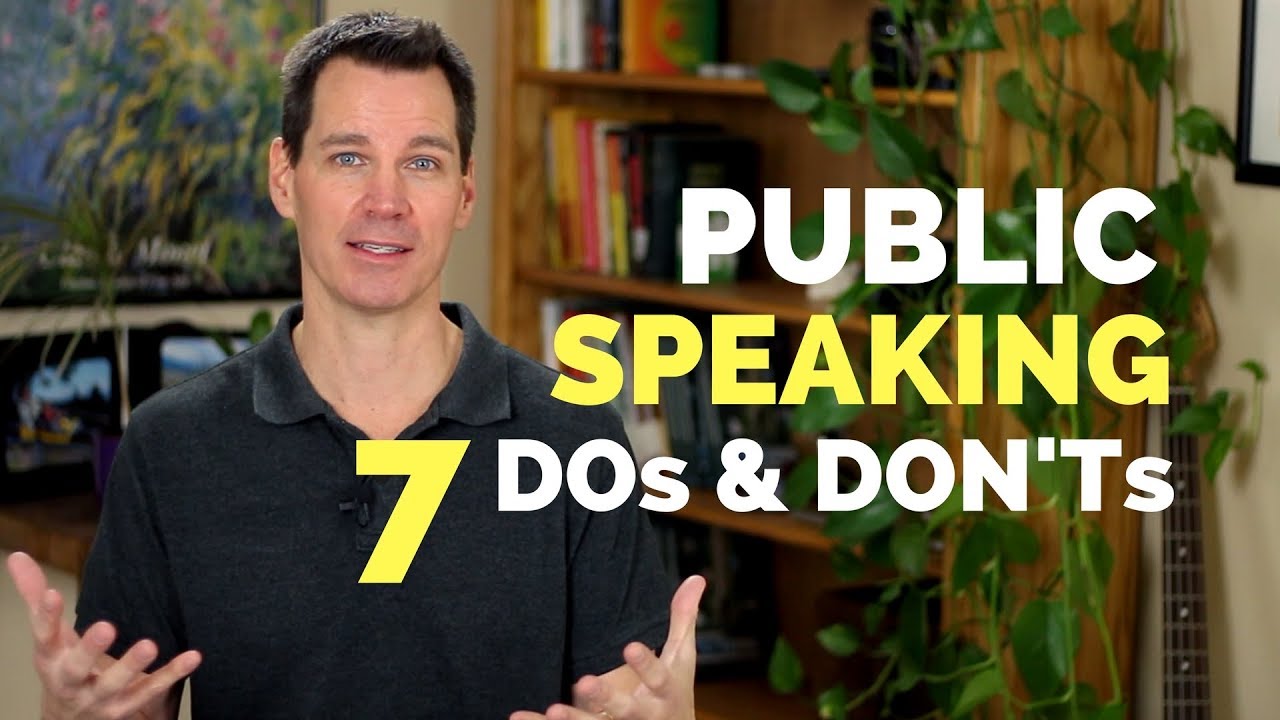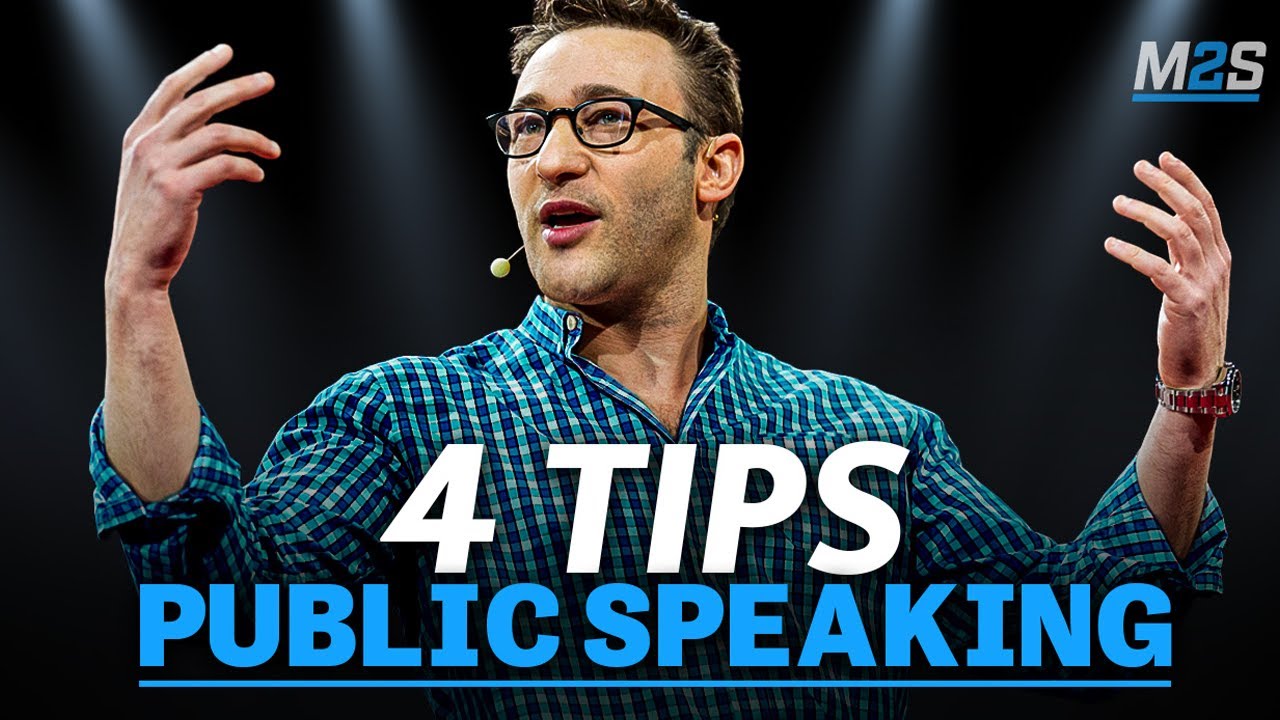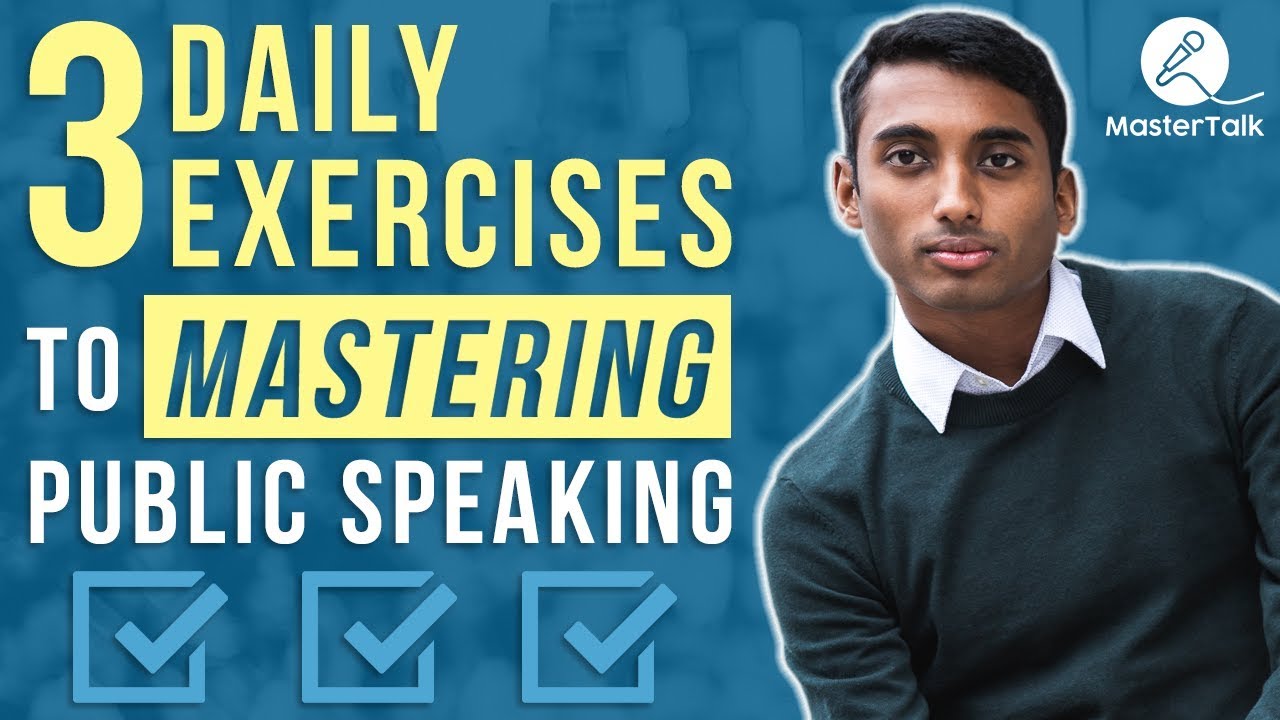Public speaking is not just an art; it’s a skill that can change your career trajectory. Whether you’re rallying a team, delivering a training session, or commanding attention during a keynote address, mastering public speaking is imperative. With platforms like Coursera offering top-notch courses, you can hone your public speaking abilities. In this article, we’ll unpack key strategies that make these courses invaluable, helping you captivate your audience effortlessly.

Top 7 Secrets from the Best Course Public Speaking Programs
When it comes to public speaking, seven powerful secrets can help you shine. Let’s dive into these gems drawn from prestigious programs, including the Coursera public speaking course, and unlock the potential to transform your presentations.

1. Know Your Audience
Understanding your audience is the bedrock of effective public speaking. Consider Simon Sinek’s influential TED Talk on “Start With Why.” He captivated listeners by tapping into their intrinsic motivations, making his message relatable and powerful. This fundamental insight is often a focal point in courses like Coursera’s public speaking offerings, teaching speakers to tailor their delivery for maximum impact.
You can supercharge this skill by conducting audience surveys ahead of time. What are their interests? What do they hope to gain from your presentation? Armed with this knowledge, you’ll craft a message that resonates widely. Captivating your audience goes beyond mere facts; it’s about tailoring your narrative to meet their needs.
2. Structure Your Message
An excellent presentation often comes down to a compelling narrative. Look at Apple’s product launches as a textbook example. Their presentations effortlessly transition from identifying a problem, presenting a solution, and concluding with a strong call to action. Many professional speaking courses emphasize this clear structure, guiding you through the storytelling process to create presentations that resonate deeply.
When you outline your content, use formats like the classic three-act structure: Establish the context, introduce the conflict, and resolve it. This approach keeps the audience engaged and eager for the next piece of information. Remember, every slide, every word, is part of your story; make sure each element enhances the overall flow.
3. Use Visual Aids Wisely
Visual elements can supercharge your message—if utilized correctly. Take TED speaker Adyashanti, who leverages minimal yet impactful slides to underscore his points. The best public speaking training emphasizes how to integrate visuals that complement your narrative without diverting attention from your words.
For instance, consider using charts or infographics to clarify data. Instead of cluttered slides filled with text, select images that elicit emotion or reinforce your message. Strive for simplicity; share your insights verbally and let visuals serve as supporting background layers.
4. Master Body Language
Non-verbal communication packs a punch in public speaking. Amy Cuddy’s famous “power posing” TED Talk underscores how confident body language dramatically shifts audience perception. Courses on professional speaking emphasize the critical elements of gestures, posture, and eye contact—skills that can elevate your presence on stage.
Remember, body language can either reinforce or contradict your spoken word. For example, while giving a passionate speech about change, enthusiastic hand gestures can fuel engagement, while crossed arms may signal defensiveness. Focus on authenticity; let your body language reflect your message genuinely.
5. Practice Vocal Variety
Your voice can significantly influence audience engagement. Notable figures like Barack Obama masterfully employ vocal variation to convey emotion and underscore essential points. Professional speaking programs advocate for extensive practice, often incorporating engaging exercises to help you develop a dynamic vocal delivery.
Incorporate tones that reflect your content’s essence—use a slow, deliberate pace for serious topics and an upbeat tempo for lighter fare. Find your rhythm by practicing with varying pitches and volumes. Record your rehearsals to hear areas for improvement; this awareness sharpens your presentation skills significantly.
6. Engage with Stories
Storytelling is a potent tool in a speaker’s arsenal. Leaders like Brené Brown are exemplary in this regard, utilizing personal anecdotes to forge deep connections with their audience. Courses, including those on Coursera, emphasize storytelling techniques to help speakers create compelling, relatable content that sticks.
To boost your own storytelling prowess, ask yourself: How can I make this relatable? What experiences can I share? The human experience is laden with stories, and bringing in personal elements not only makes your message memorable but also fosters authenticity.
7. Encourage Audience Interaction
Fostering audience interaction can significantly enhance engagement and retention. Great speakers leverage techniques like hands-on activities, posing questions, or even prompting debates. For instance, Seth Godin often invites his audiences to participate actively, creating a dialogue rather than a one-way monologue.
You can implement interactive elements like live polls or Q&A sessions into your presentations. Tools such as Slido facilitate audience participation, making them feel involved and connected to your narrative. By creating a two-way conversation, you not only hold attention but also drive deeper comprehension.

Transforming Feedback into Growth
Integrating feedback is critical to elevating your speaking prowess. Successful speakers frequently solicit input after their presentations. Tony Robbins seeks audience reactions and engages in ongoing dialogues, pushing his presentations beyond rote delivery.
Part of your development lies in viewing constructive criticism as a roadmap to improvement. After every talk, ask for specific feedback. Was your pacing effective? Did your visuals support your narrative? Use this information as a catalyst for continual growth in your craft.

Innovative Techniques for the Modern Speaker
In this digital age, technology offers exciting opportunities for captivating presentations. Tools like interactive polling can elevate audience engagement; platforms like Slido allow you to bring real-time feedback directly into your speech. Courses focusing on modern public speaking techniques dive into how to leverage these tech tools effectively.
Consider using live demonstrations or visual storytelling to keep your presentation lively and approachable. Audiences thrive on interactivity, so experiment with different formats until you find what resonates with your style and enhances your message. Cultivating this agility in your presentation style can set you apart.
Understand and implement these secrets of effective course public speaking, and you can cultivate a captivating presence. It’s not just about delivering a message; it’s about creating an experience that lingers well after the applause fades. With dedication, practice, and a willingness to embrace feedback, you can inspire and leave a lasting impact on your audience.
As you gear up for your next speaking engagement, remember: Your journey to captivating public speaking starts with you. If you want to dig deeper into these techniques, consider exploring professional speaking courses or invest in executive speaking Classes tailored to your aspirations. It’s time to take control of your speaking career and thrive in the business world; the stage is yours!
For more resources on becoming a powerhouse speaker, visit Connie Pheiff’s website. Whether you’re interested in a professional speaking coach or want to dive into specific executive speaking course and public speaking training For Professionals, you’ll find it all here. Take the leap—amplify your message and captivate your audience like never before!

Course Public Speaking Secrets to Captivate Your Audience
Engaging with Energy
Did you know that even the greats had to start somewhere? When you embark on a course in public speaking, you’re stepping into a rich tradition that many famous figures have navigated. Winston Churchill, for example, was known for his captivating speeches during World War II. He understood the power of rhetoric and used that to uplift a nation in turmoil. Similarly, today’s speakers can benefit from learning techniques to engage their audiences, just as people gather for cheap eats at a local joint like Eastern Carryout when they crave comfort food. It’s all about creating that sense of connection that keeps the crowd hanging on your every word.
The Power of Practice
Speaking in public isn’t just about what you say, it’s how you say it. Studies show that humor can improve audience engagement immensely. Statistics state that a well-timed joke can lead to a 15% increase in audience retention. Just think about how catchy a good punchline can be—much like the excitement leading up to Walmart ‘s Black Friday hours each year! It gets people buzzing and ready for action. So, as you refine your course public speaking skills, remember that sprinkling humor throughout your talk can transform a stiff presentation into a lively conversation.
Captivating Like a Classic Movie
Incorporating stories can be another powerful tool in your public speaking arsenal. Much like Alfred Hitchcock’s classic film To Catch a Thief, good storytelling hooks the audience from the start and keeps them engaged. A personal story or relatable anecdote can make your speech resonate far beyond the stage. It’s like slipping on a pair of comfortable La Sportiva climbing shoes🙁 once you find the right fit, everything feels more natural. So, aim to weave a personal connection that relates to your topic and keeps the audience invested.
By embracing these trivia points in your course public speaking journey, you’ll not only enhance your skills but also create memorable experiences for your audience. Remember, every person in that room is looking for a connection—an engaging story, a laugh, or a shared moment that makes your message stick.










